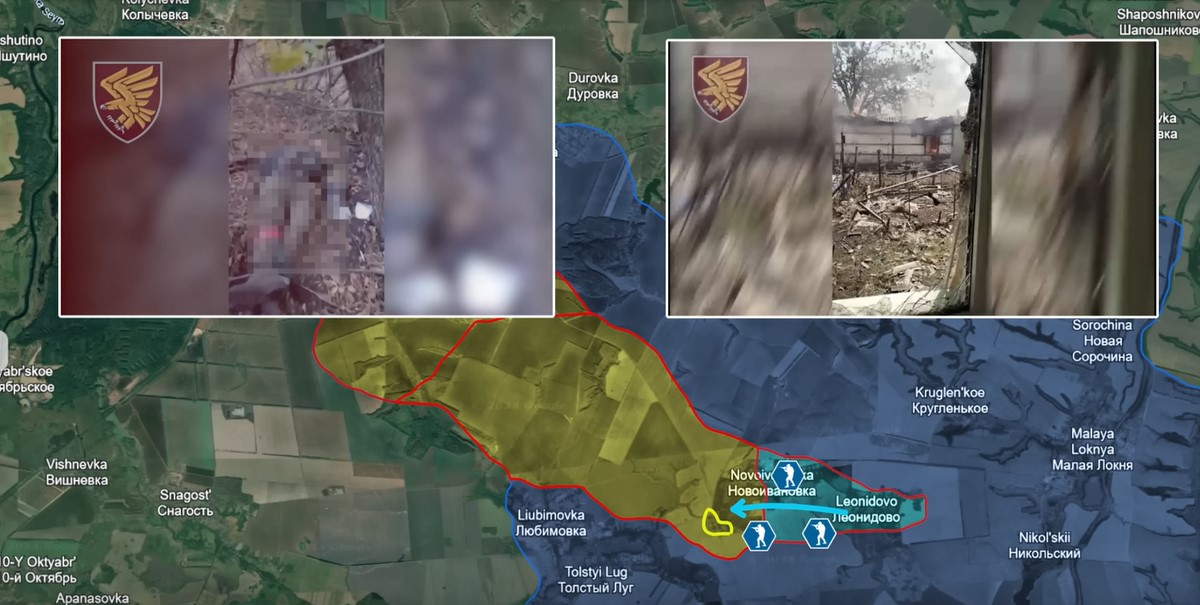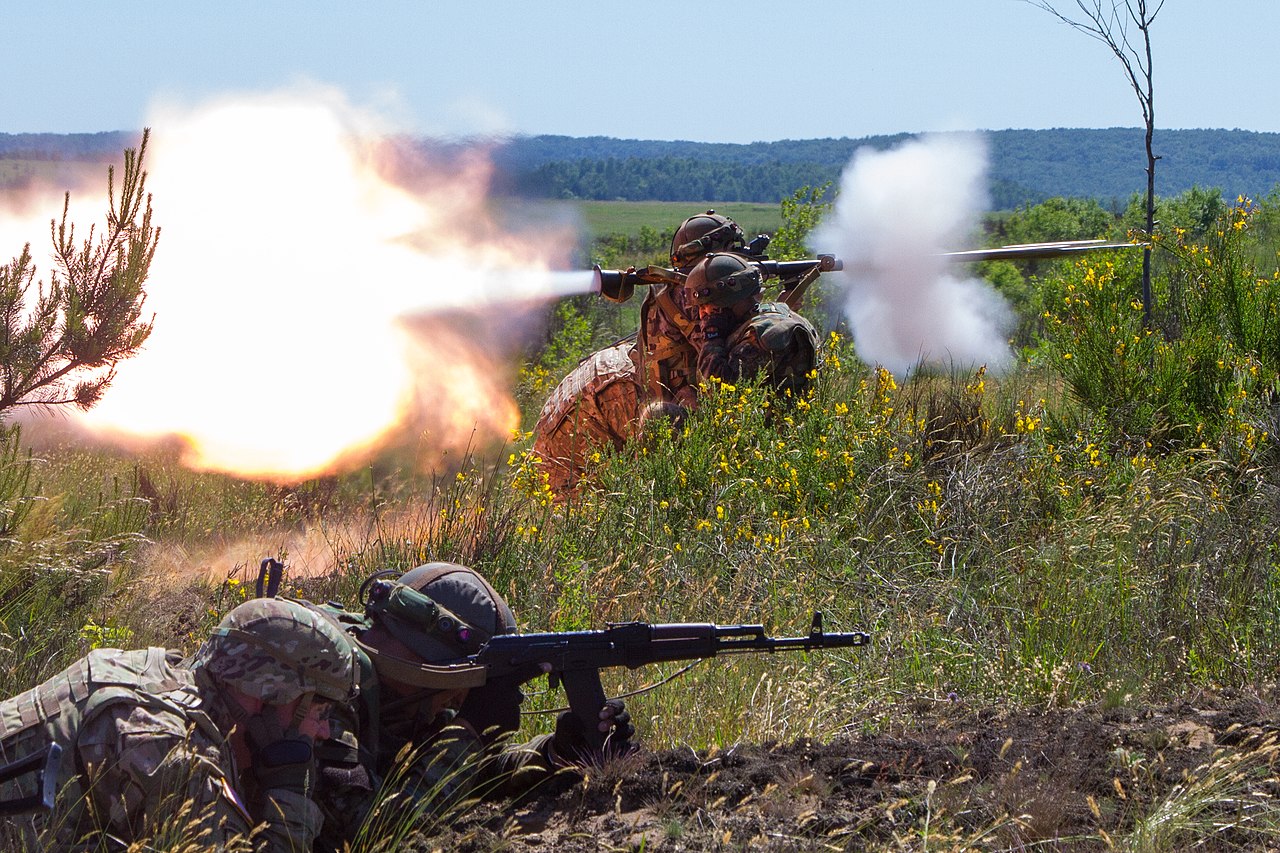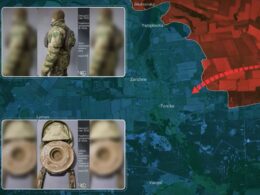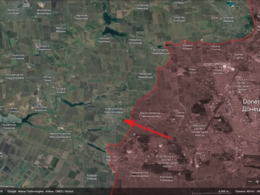Today there are a lot of updates from the Kursk direction.
In a pivotal shift, Ukrainian forces halted a major Russian attempt to encircle their troops in the Kursk region, however, faced the dilemma of launching a high-risk pincer attack on Novoivanovka. As the battle intensifies, both sides are racing against deteriorating weather conditions, which will impact the broader operations in this volatile area.

As previously analyzed, Russian forces have recently made advances deeper into the main Ukrainian salient in Kursk Oblast. Initially, they attempted to push from the lowlands near Snagost toward Liubimovka, with the goal of reaching Malaya Loknya and cutting off Ukrainian troops positioned to the north, near Korenevo. However, this effort ultimately failed.

If we look at the topographic map, we can see the main reason why this attempt failed: Ukrainian forces strategically allowed the Russians to advance through the lowlands while maintaining control of the surrounding high ground. This positioning created a deadly "kill zone," where Russian troops were exposed to concentrated Ukrainian fire from elevated positions, severely limiting their advance and resulting in significant losses.

Recognizing their earlier mistake, Russian forces adjusted their strategy for the second wave of attacks, this time advancing through the highlands. A paved road from Korenevo provided rapid access to the elevated terrain, minimizing exposure to fire from both sides. In an extremely risky maneuver, Russian forces chose to bypass initial Ukrainian positions without engaging, driving deep into the salient. The gamble partially paid off, as despite losing half of their armor and personnel along the road, they succeeded in capturing several settlements. However, a swift Ukrainian counterattack quickly retook key positions in Leonidovo and Novoivanovka. Despite this success, the Ukrainian command opted not to fully reclaim all lost territory, choosing a more cautious approach to conserve resources.
It is important to recognize that Korenevo has emerged as a key logistical hub, receiving a substantial influx of Russian reinforcements. The total number of Russian troops in the region has surged from 30,000 to 50,000, with Korenevo playing a critical role in supporting these forces. This reinforcement is largely due to the need for rerouting much of Russia's logistics in the eastern Kursk sector through Korenevo, following the destruction of key bridges and pontoon crossings over the Seym River. The loss of these critical infrastructure points has forced Russian supply lines to adapt, making Korenevo a vital node for sustaining their operations.

Initially, the Ukrainian command considered launching a pincer attack from both the south and north to encircle Zelenyi Shlyakh and the surrounding salient. However, two key factors prompted a reconsideration of this strategy:
- Adverse weather conditions—heavy rains, strong winds, and dense fog—severely impacted Ukrainian drone operations, neutralizing a critical advantage in reconnaissance and assault support. Throughout the war, Ukrainian forces have excelled in drone warfare, pioneering innovations in both defensive and offensive roles, using drones not only for reconnaissance but also as integral components of assault operations and infantry support. However, in recent days, weather conditions, including winds reaching up to 46 kilometers per hour, have rendered drone use impossible, temporarily erasing Ukraine's aerial advantage. This disruption has directly affected operations like the planned encirclement of Zelenyi Shlyakh and its surrounding salient, forcing the Ukrainian command to adapt to the changing tactical landscape.
- From a tactical standpoint, an attack from the northern pincer would expose Ukrainian forces to potential counterattacks from the Korenevo road. This highway offers the Russians a rapid deployment route, allowing them to quickly reinforce positions. With Ukrainian reconnaissance capabilities hindered by poor weather, there was an increased risk of surprise Russian assaults on any Ukrainian units attempting to encircle the settlement.
Trending Now
In light of these risks, the Ukrainian command opted for a more cautious approach. Instead of risking exposure, they chose to push Russian forces out of Novoivanovka with a direct frontal attack while establishing a defensive line anchored by nearby settlements, ensuring a more secure and controlled advance.
Recent geolocated videos show Ukrainian paratroopers from the 95th Separate Assault Brigade conducting operations in the area, primarily targeting infantry groups from Russia's 155th Naval Infantry Brigade. The footage highlights the precision and effectiveness of the Ukrainian forces, particularly during a devastating ambush on a Russian infantry fighting vehicle. Notably, the videos also capture the dense fog and poor weather conditions that have persisted in the region for several days, further illustrating the challenges faced by both sides. In a grim context, the paratroopers did not take any Russian prisoners of war during these counterattacks. This decision stems from a previous incident in which Russian forces executed all nine captured Ukrainian drone operators.

It's important to emphasize that holding Russian territory at all costs is not a primary concern for Ukrainian forces. The Ukrainian command has already accomplished key strategic objectives, including diverting 50,000 Russian troops away from other critical front-line areas and shifting the battle onto Russian soil, rather than in the Sumy region. With these goals achieved, Ukrainian leadership is now focused on preserving personnel and equipment while maintaining the current pressure, prioritizing long-term effectiveness over territorial gains in these specific areas.
An important additional factor driving intensified Russian counterattacks is the looming onset of poor weather, which is likely to restrict battlefield maneuvers. The Russian military may be eager to push Ukrainian forces out of Kursk Oblast before these conditions set in, as deteriorating weather could lead to more static, positional warfare. This would give Ukrainian forces additional time to entrench themselves deeper within their main salient and strengthen their defensive positions. A better-fortified Ukrainian presence in Kursk Oblast would not only make it more difficult for Russian forces to push them back across the border, but could also lead to significant destruction of Russian settlements in the region as fighting becomes more entrenched and drawn-out.

Overall, while Russian forces have managed some advances by taking advantage of strong winds and challenging weather, Ukrainian forces are adapting their tactics to the evolving situation. They are carefully balancing the need to maintain pressure on Russian offensives while preserving their own combat assets and operational effectiveness. The worsening weather introduces a new layer of complexity to the battles, potentially favoring Ukrainian defensive operations by slowing Russian advances, but also complicating offensive maneuvers for both sides.
In our regular frontline report, we pair up with the military blogger Reporting from Ukraine to keep you informed about what is happening on the battlefield in the Russo-Ukrainian war.





